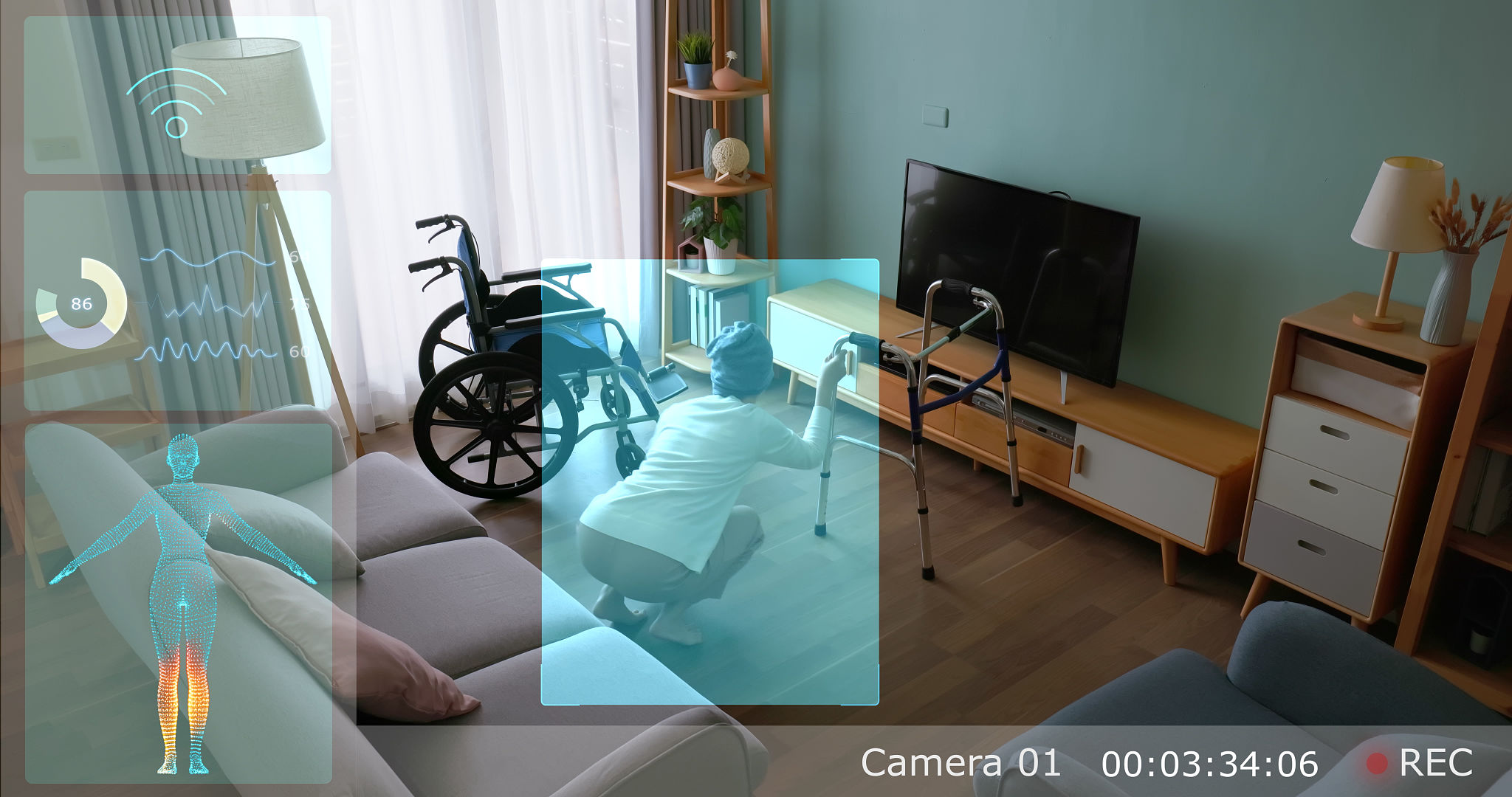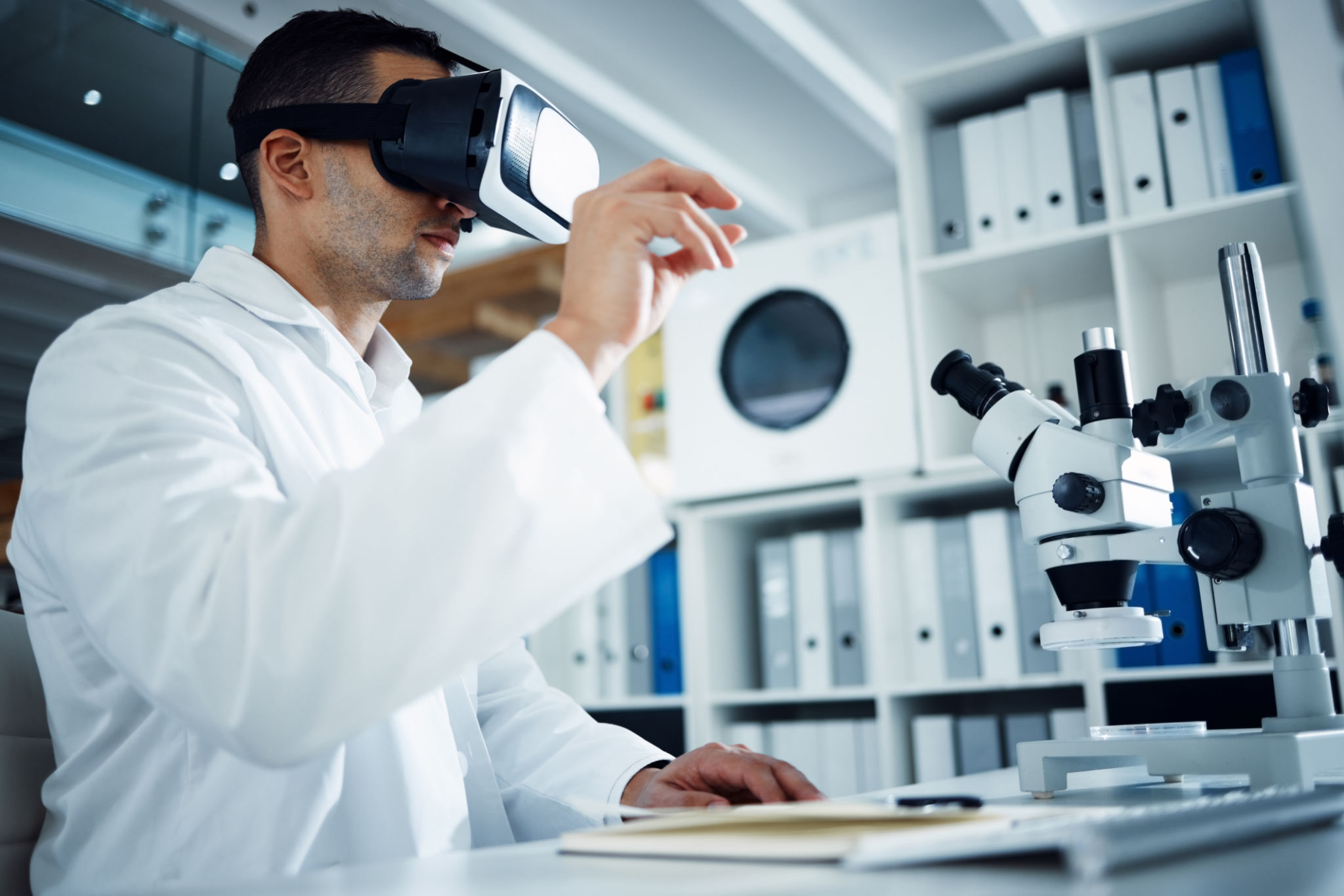How Cellular Stimulation Devices are Revolutionizing China’s Medical Landscape
Understanding Cellular Stimulation Devices
Cellular stimulation devices are at the forefront of medical innovation, offering new ways to treat and manage various health conditions. These devices work by delivering targeted electrical impulses to stimulate cellular repair and regeneration. This technology aims to enhance the body's natural healing processes, offering a non-invasive or minimally invasive option for patients.
As China continues its rapid advancement in the medical field, cellular stimulation devices are gaining significant attention. They represent a fusion of cutting-edge technology and healthcare innovation, promising improved outcomes for patients and more efficient treatments for healthcare providers.

The Impact on Patient Care
The introduction of cellular stimulation devices in China is transforming patient care. These devices offer several benefits, including reduced recovery times and decreased reliance on pharmaceuticals. For patients suffering from chronic pain, neurological disorders, or inflammatory diseases, cellular stimulation can provide a viable alternative to traditional treatment methods.
One of the key advantages of cellular stimulation is its ability to target specific areas of the body without affecting surrounding tissues. This precision reduces the risk of side effects, making it a safer option for many patients. As a result, healthcare providers are increasingly incorporating this technology into their treatment protocols.
Applications Across Various Medical Fields
Cellular stimulation devices are versatile tools with applications across a wide range of medical fields:
- Neurology: Devices are used to manage conditions such as epilepsy and Parkinson's disease by modulating neural activity.
- Pain Management: Electrical stimulation helps alleviate chronic pain by disrupting pain signals in the nervous system.
- Orthopedics: Promotes bone healing and reduces recovery time after fractures or surgeries.

Technological Innovations Driving Growth
The rapid growth of cellular stimulation devices in China is driven by several technological innovations. Advancements in miniaturization, wireless technology, and battery life have made these devices more accessible and easier to use. Moreover, the integration of artificial intelligence and machine learning allows for personalized treatment plans, enhancing the effectiveness of therapy.
Furthermore, increased investment in research and development is propelling the industry forward. Chinese companies are actively collaborating with global leaders in healthcare to refine their technologies and expand their applications. This collaborative approach ensures that the latest innovations are quickly adopted and adapted to meet the unique needs of the Chinese population.
Regulatory and Market Challenges
Despite their potential, cellular stimulation devices face regulatory and market challenges in China. Ensuring compliance with strict regulations is essential for manufacturers looking to enter this burgeoning market. Additionally, educating healthcare professionals and patients about the benefits and applications of these devices is crucial for widespread adoption.

The Chinese government is playing an active role in supporting this industry by streamlining approval processes and providing funding for research initiatives. This support is helping to overcome barriers and accelerate the integration of cellular stimulation devices into mainstream medical practice.
The Future of Cellular Stimulation in China
The future of cellular stimulation devices in China looks promising. With continued advancements and growing acceptance among healthcare professionals, these devices are poised to revolutionize the medical landscape. As more patients experience the benefits, demand for these innovative treatments is expected to rise significantly.
Looking ahead, the focus will likely be on expanding the range of treatable conditions and further enhancing device capabilities. As technology continues to evolve, cellular stimulation could become a cornerstone of personalized medicine, offering tailored solutions for individual patient needs.